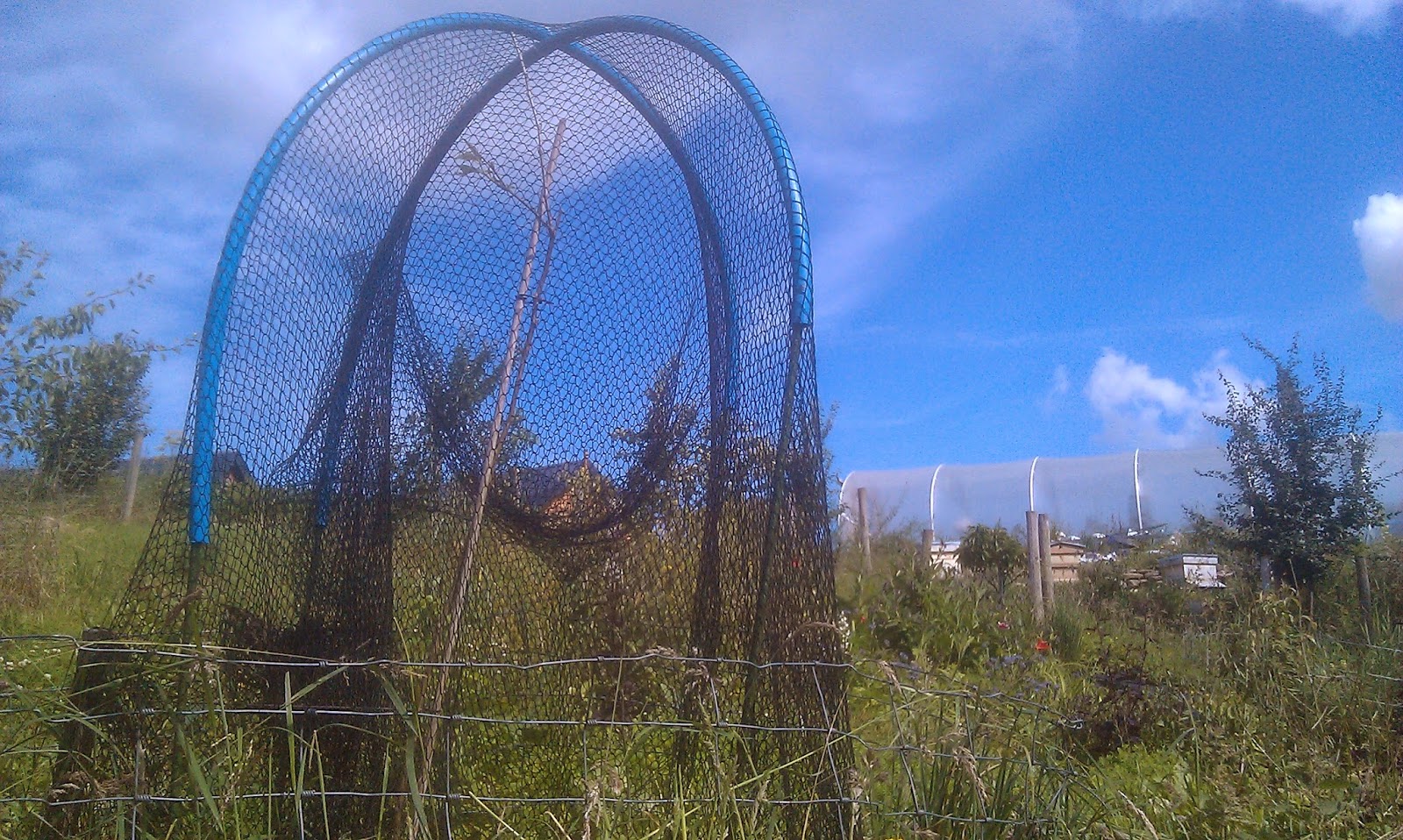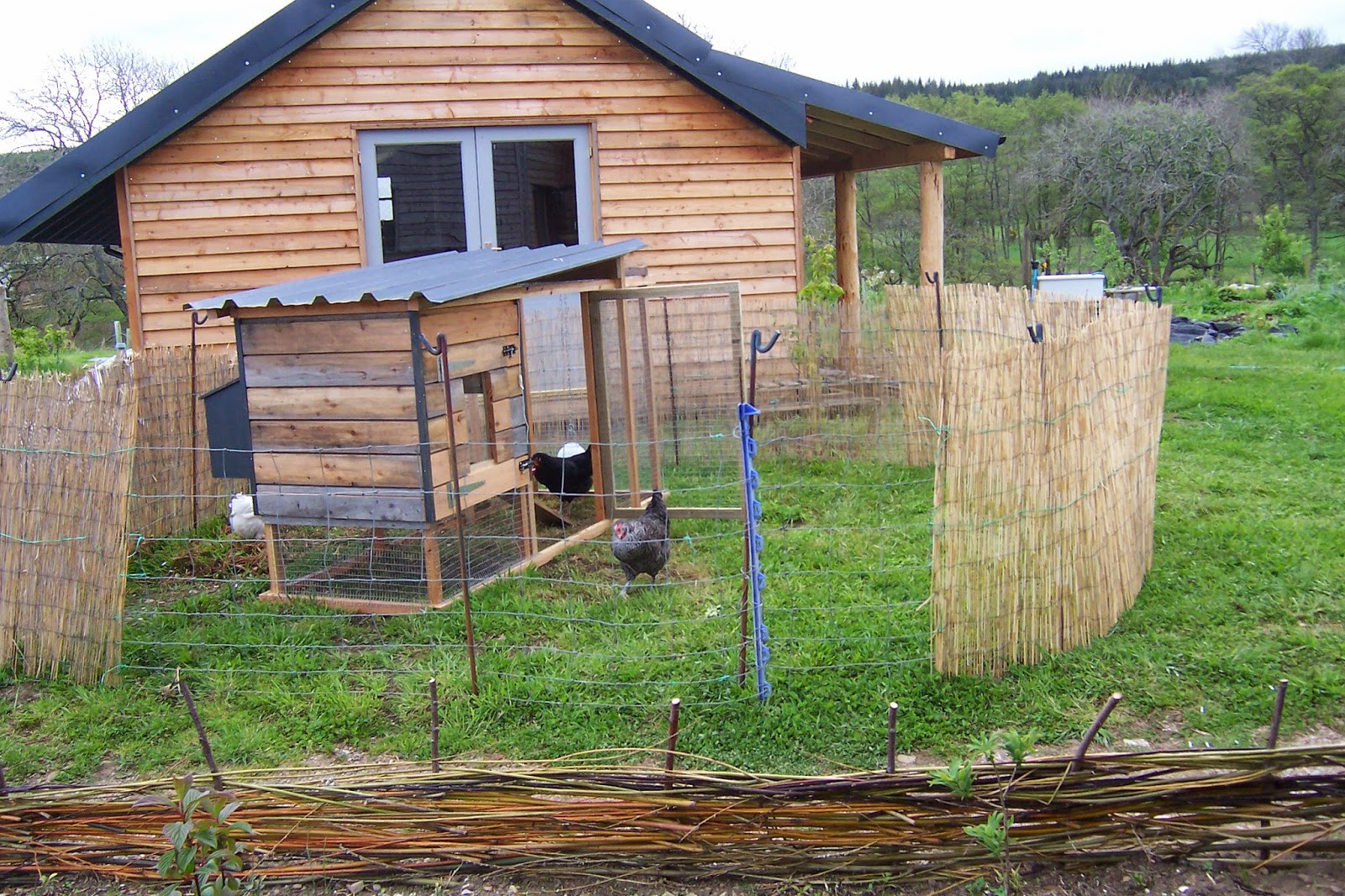Rainfall update
|
Snab
|
Brize
|
| October |
114.8
|
79.1
|
| 2014 to date |
730.8
|
694.4
|
Moving swiftly on. Autumn has to be one of my favourite seasons, along with winter and spring (summers of course are invariably a disappointment). Some of the garden's sparkle remains but it's a time for gathering up your finest to see you through the dark months. There's not much fresh fruit to be gathered by November - although the raspberries are struggling on, it's now largely frozen berries and stored apples to keep us going.
But despite the first frost of the winter this week, there is one exotic crop still harvesting... the cape gooseberry. This is a fruit with an identity crisis, its name being a scandalous misnomer since they look and taste nothing like gooseberries and Physalis peruviana is actually native to the high Andes. Its other names including ground cherry, husk cherry, golden berry and inca berry are equally unsatisfactory as they don't have much in common with cherries or your typical berry. The French apparently call them amour-en-cage, which captures a bit of their appeal - their papery cases concealing a golden heart. I think I will try and establish them with their Peruvian name, aguaymanto. They are something of an acquired taste in the raw - perhaps most like their tomato cousins but with a sweet grapey melony undercurrent, although that varies with ripeness.
But despite the first frost of the winter this week, there is one exotic crop still harvesting... the cape gooseberry. This is a fruit with an identity crisis, its name being a scandalous misnomer since they look and taste nothing like gooseberries and Physalis peruviana is actually native to the high Andes. Its other names including ground cherry, husk cherry, golden berry and inca berry are equally unsatisfactory as they don't have much in common with cherries or your typical berry. The French apparently call them amour-en-cage, which captures a bit of their appeal - their papery cases concealing a golden heart. I think I will try and establish them with their Peruvian name, aguaymanto. They are something of an acquired taste in the raw - perhaps most like their tomato cousins but with a sweet grapey melony undercurrent, although that varies with ripeness.
 But they are best cooked and make one of the finest jams, with a tarry flavour reminiscent of apricot, which makes up a little for my apricot blossom flattering to deceive. They are beloved of those arbiters of fine cuisine, the Snab voles, but unlike those other exotic vole specialities like aubergine and sweet potato, there are more than enough to go round. And best of all, the plants survive overwinter in the tunnel and also self-seed ready-made new plants that go on to produce a much bigger crop in the second summer. I recommend trying them outside in the south anywhere except in the shade of mature lime groves.
But they are best cooked and make one of the finest jams, with a tarry flavour reminiscent of apricot, which makes up a little for my apricot blossom flattering to deceive. They are beloved of those arbiters of fine cuisine, the Snab voles, but unlike those other exotic vole specialities like aubergine and sweet potato, there are more than enough to go round. And best of all, the plants survive overwinter in the tunnel and also self-seed ready-made new plants that go on to produce a much bigger crop in the second summer. I recommend trying them outside in the south anywhere except in the shade of mature lime groves.





















